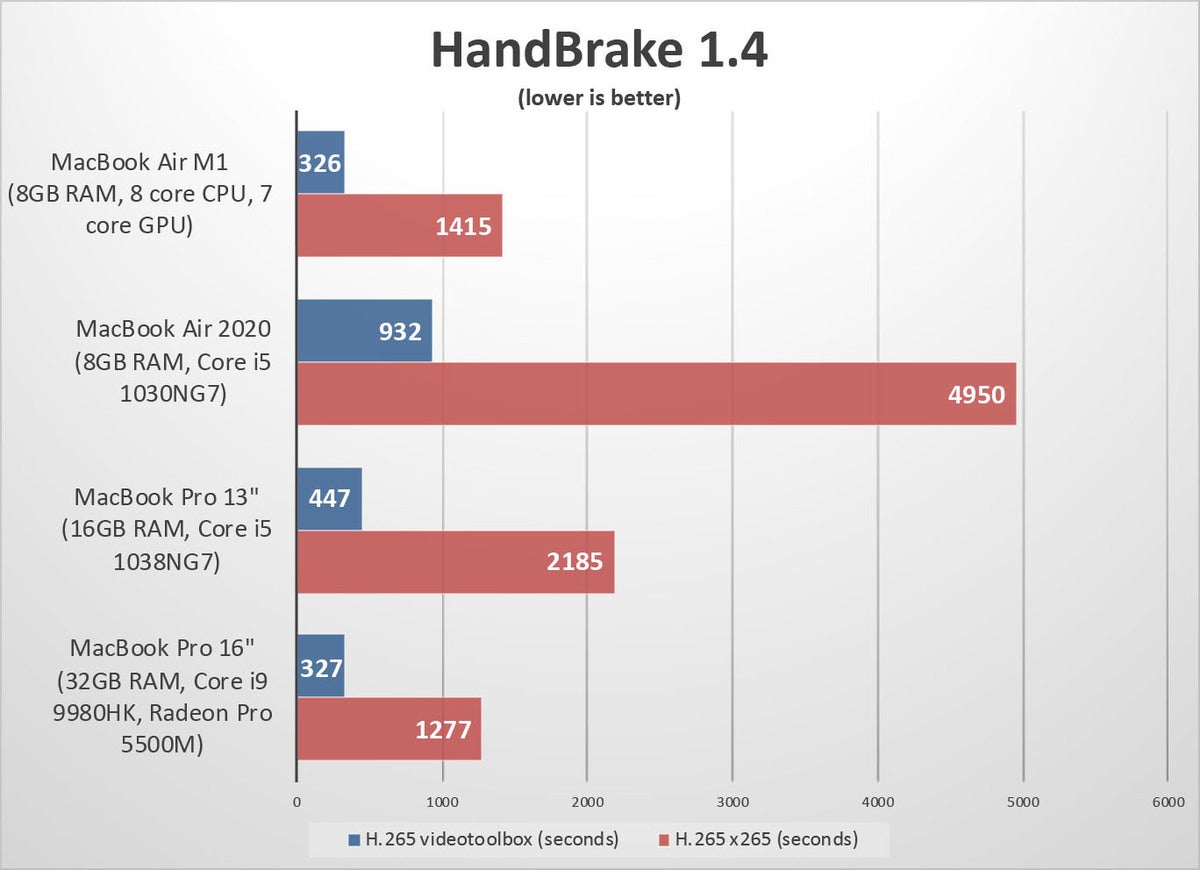None of these is specific to ARM, as for being "RISC", you can run any workload and count instructions that x86-64 and Aarch64 require for those tasks, the results do come up within 10% of each other. Anandtech did run this benchmark a while back as well.
Since late 1990s almost all x86 processors have been internally RISC. In simple terms, x86 processors have an instruction cache that creates a queue, which are fed into micro-ops decoders (simpler ones are decoded directly, more complex ones are decoded through a microcode engine), and these are passed onto buffers and run through the internal RISC processor. This process generally is responsible for about 10-15% of the power consumption in the CPU. ARM CPUs do similar things as well, btw. This isn't to say ISA does not matter, it does, and certain x86 design decisions have contributed towards the stagnation that we're currently seeing by making progress more difficult, but they're only a minor aspect of modern CPUs.
10 years ago, CPUs with ARM ISA had no Performance Per Watt advantage over Intel/AMD ones with x86, in fact, they were behind by a good margin. 5 years ago, they caught on and became on par. Now with Apple (and ARM's own designs), ARM-based ones are significantly ahead, this is not inherent to ARM or x86 ISAs, but because Intel
stagnated for a decade and AMD has just woken up in the last few years and has only completely surpassed Intel in the latest Zen 3 generation.
Some extra reading material:
https://community.arm.com/developer...rinsically-more-power-efficient?pi353792392=2
Edit:
In case someone is still somehow concerned by the CISC vs RISC stuff that haven't been relevant for decades, this is from Andrei (of Anandtech) on
Twitter:
Basically comparing instruction counts of A12 (Aarch64) versus 9900K (x86) across SPEC subbenchmarks, and instruction counts are only 9.84% higher on AAarch64.


 At the end of the day x86/64 is all about that massively long term backward compatibility on instructions. With what apple are doing you can almost leave the backward compatibility to a software layer while transitioning native apps. x86/x64 you can't rely on that because of the absolute massive footprint. The reason there is still x86/x64 is that the world pretty much is developed targeting it.
At the end of the day x86/64 is all about that massively long term backward compatibility on instructions. With what apple are doing you can almost leave the backward compatibility to a software layer while transitioning native apps. x86/x64 you can't rely on that because of the absolute massive footprint. The reason there is still x86/x64 is that the world pretty much is developed targeting it.
